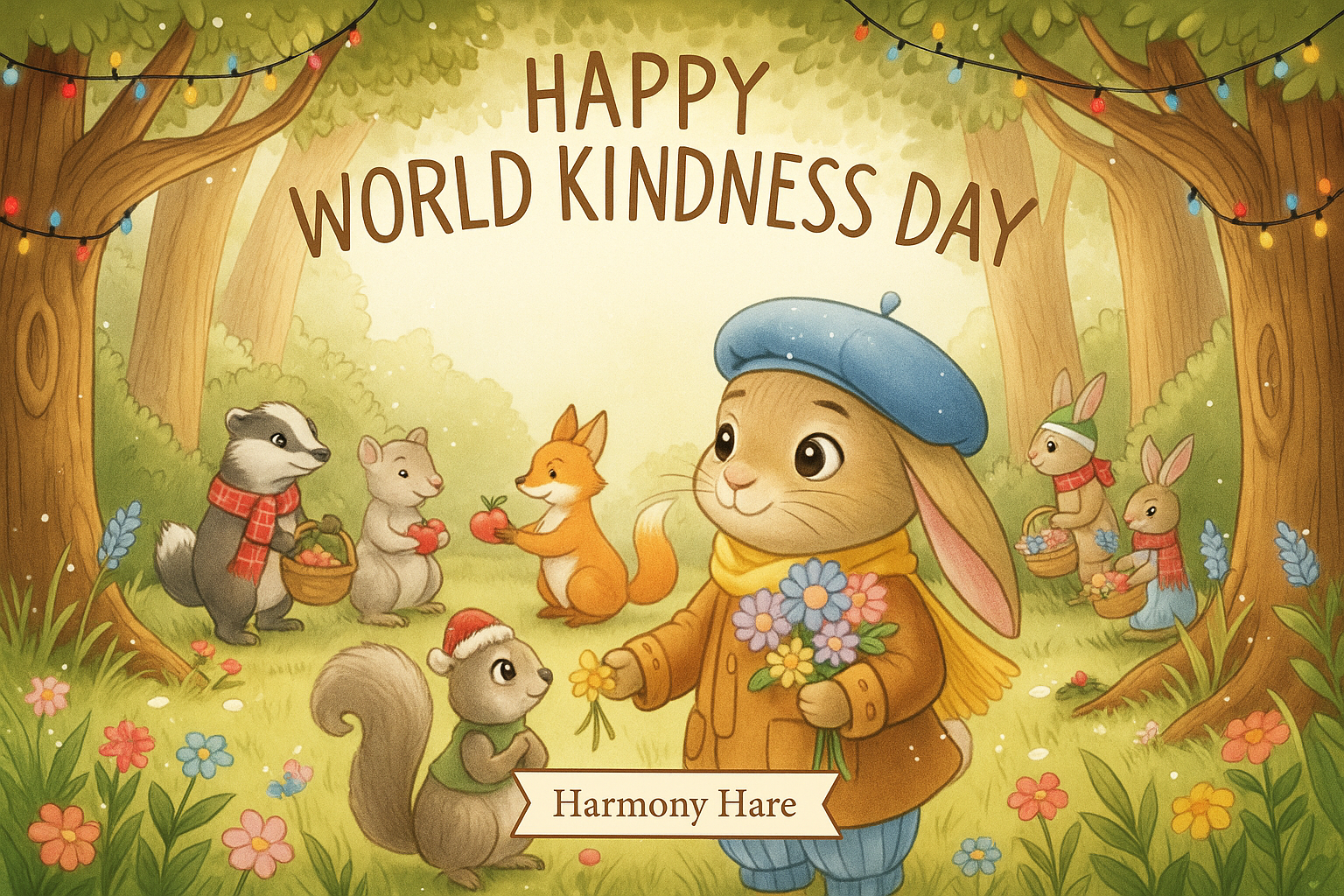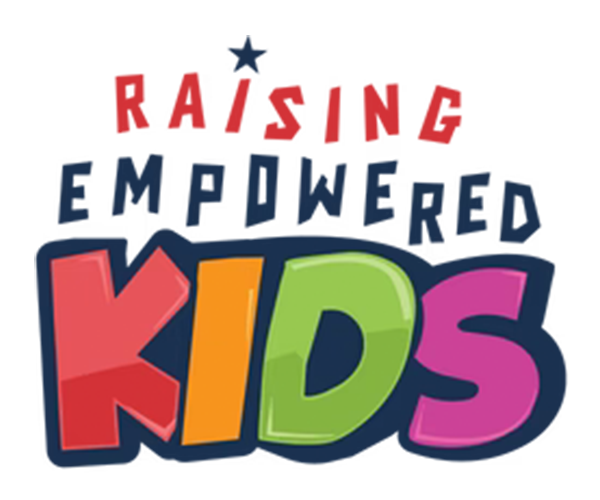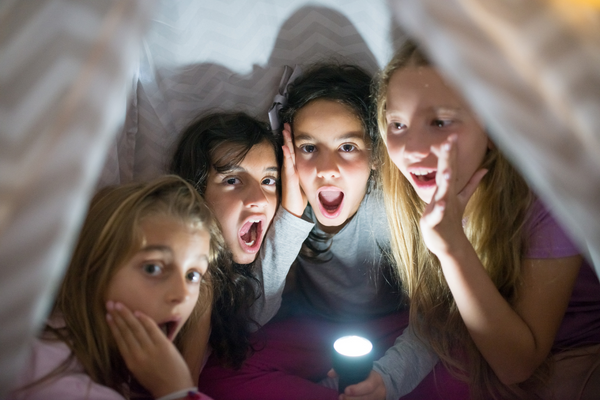Have you ever noticed how every home or classroom has its own vibe?
Some days it feels calm and cozy.
Other days—buzzing, bouncing, everyone talking at once.
That’s not just noise.
That’s frequency.
And it’s something we can actually tune.
So what does gratitude really do to the brain?
When our minds are stressed, our brains run on fast, choppy Beta waves — the ones that make us overthink, react, or lose focus.
But when we slow down, breathe, and feel genuine gratitude, something amazing happens:
Our brains shift into Alpha waves — calm, creative, steady.
It’s the same rhythm that shows up during play, art, and imagination.
Stanford neuroscientist Dr. Andrew Huberman calls this the gratitude effect.
In one of his studies, participants who felt appreciation — not just said “thank you” — showed brain activity that looked more balanced, connected, and curious.
Once you understand that, our latest book character will make perfect sense.
It’s not just a holiday prop — it’s a frequency tool.
During our REKINDLE webinar, I shared how Harmony Hare helps kids recognize their three inner voices:
The Victim Voice buzzes with worry.
The Villain Voice snaps with blame.
The Hero Voice hums with calm and gratitude.
When classrooms and homes tune into that Hero frequency, kids don’t just behave better — they feel better.
They breathe deeper.
They think kinder.
They learn faster.
And with the holidays approaching, teachers and parents everywhere start feeling the “December static” — sugar highs, excitement, and maybe a sprinkle of chaos.
This is when gratitude becomes your secret classroom superpower.
Because when the energy starts climbing, you can bring it back to calm.
That’s what Harmony Hare was designed for.
Instead of tricking kids into behaving (sorry, Elf on the Shelf), Harmony helps them choose their energy — to recognize when their inner voices are shifting and use gratitude to tune back to peace.
So here’s my Hero Challenge to you this season:
Can you keep your space's frequency high — not from hype, but from heart?
Give these hero tips a try for a high-frequency holiday.


1. Ditch the Elf, Keep the Magic.
If you’ve ever cringed at the idea of sneaking around at midnight just to keep an elf “alive,” this one’s for you. Hare on the Chair keeps all the wonder, without the white lies.
Instead of teaching kids that someone’s “watching” for mistakes, it reminds them that they are the ones shaping the energy of the room.
When Harmony shows up, it’s not about catching who’s naughty. It’s about celebrating who’s kind. That’s a magic rooted in truth, and kids can feel the difference.
2. The Chill Chair.
Instead of Harmony doing something to kids, invite them to create the story with her. Each morning, check in together: “How’s Harmony feeling today?”
Let kids decide if she is in her Hero Hare mode (calm, kind, curious), a little Victim (worried, unsure), or Villain (frustrated, bossy)?
Then ask:
“What might have made her feel that way?”
“What could help her get back to Hero mode?”
Finally, give Harmony her own Chill Chair — a cozy spot where she can “regain her frequency.”
When kids help Harmony find calm, they learn how to find their own.
That’s the difference: Harmony doesn’t move to trick kids.
She moves to teach them.
3. Tune the Room.
Even the calmest class hits a rough patch. When emotions start running high, pause and ask, “Which voice is leading right now—our Hero, Victim, or Villain?”
Kids instantly understand: the Hero voice is calm and kind, the Victim voice feels helpless, and the Villain voice wants control.
Let them talk it out—what does each voice sound like today? What does the Hero need to say?
Then, invite one small gratitude statement to help everyone “change the station.”It’s emotional literacy in action, disguised as play.

Celebrate World Kindness Day with Harmony Hare

What if the magic never had to end — just grow kinder?
Meet Harmony Hare, the heart-centered alternative to the mischievous elf.
Instead of tricks or tall tales, she brings calm, courage, and connection through simple, story-filled Hero Missions that spark everyday acts of kindness.
For $33, you’ll get the Hare on the Chair Holiday Quest which includes a digital storybook, 12 days of kindness missions, and a parent-and-teacher guide that turns World Kindness Day into a season-long celebration of gratitude and giving.
It’s the tradition that tells the truth and keeps imagination blooming all year long.

At some point, every child finds out that something they believed wasn’t real. And for many, that’s the moment imagination starts to fade — when growing up quietly replaces wondering.
But it doesn’t have to.
When we stop performing the magic for them, we make space for them to feel it on their own.
That’s what truth does. It doesn’t end imagination — it evolves it.
So if Harmony finds her place in your classroom or home, let her remind you: we’re not taking away the magic. We’re letting it grow up with them.
With warmth and wonder,













Member discussion